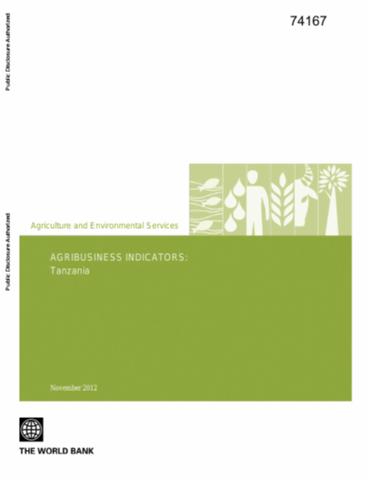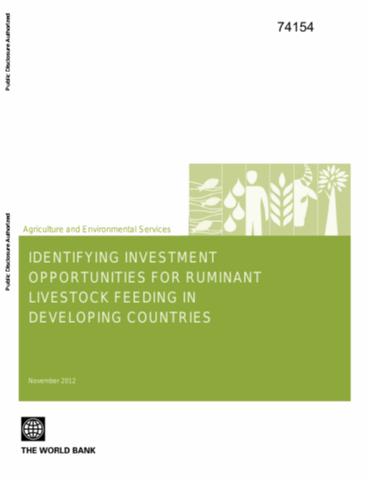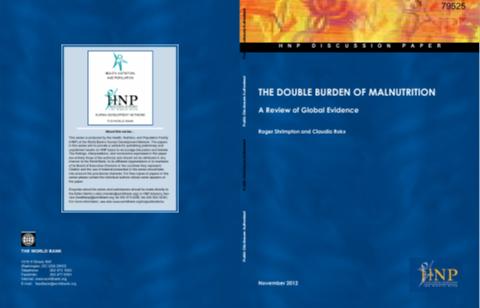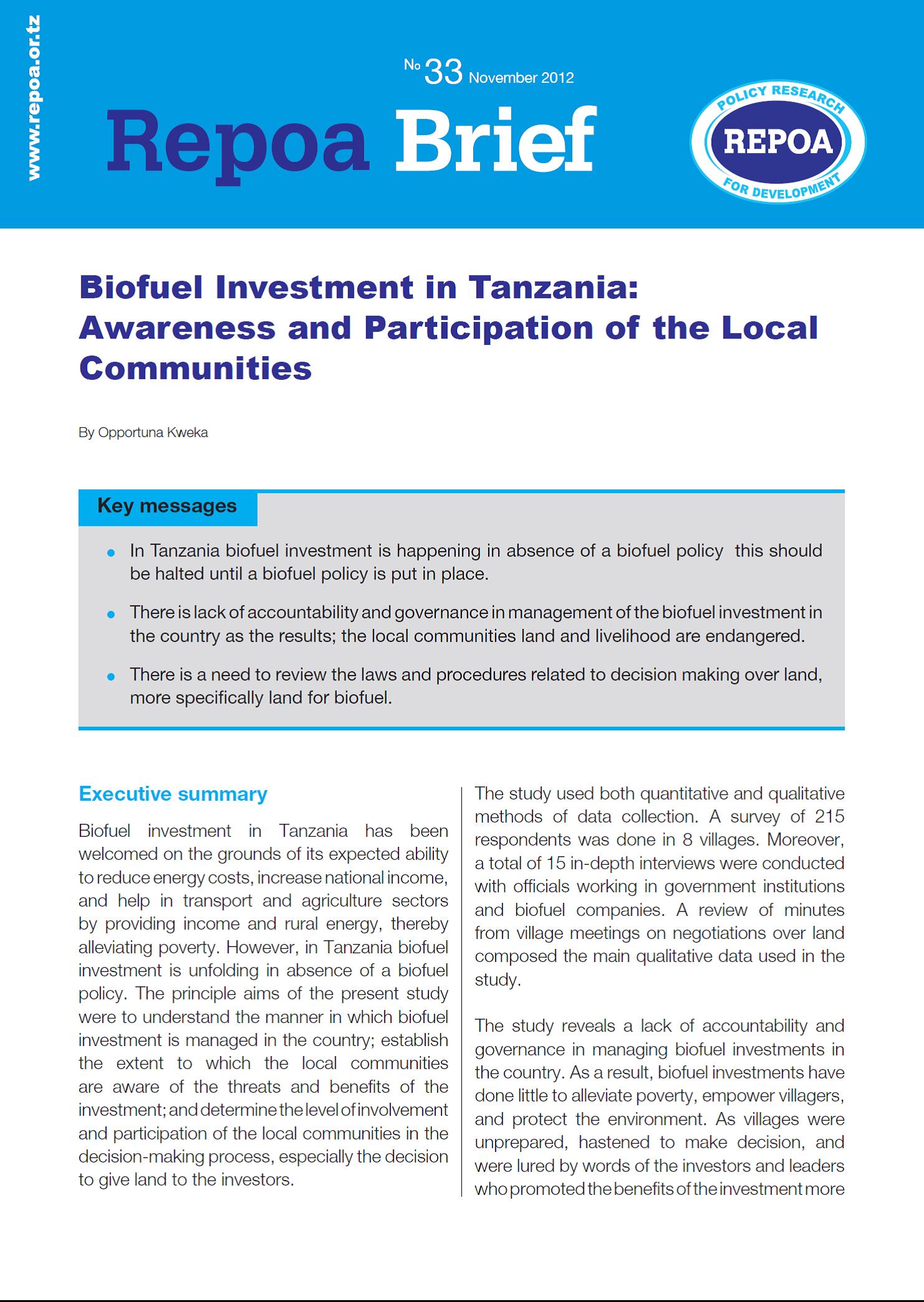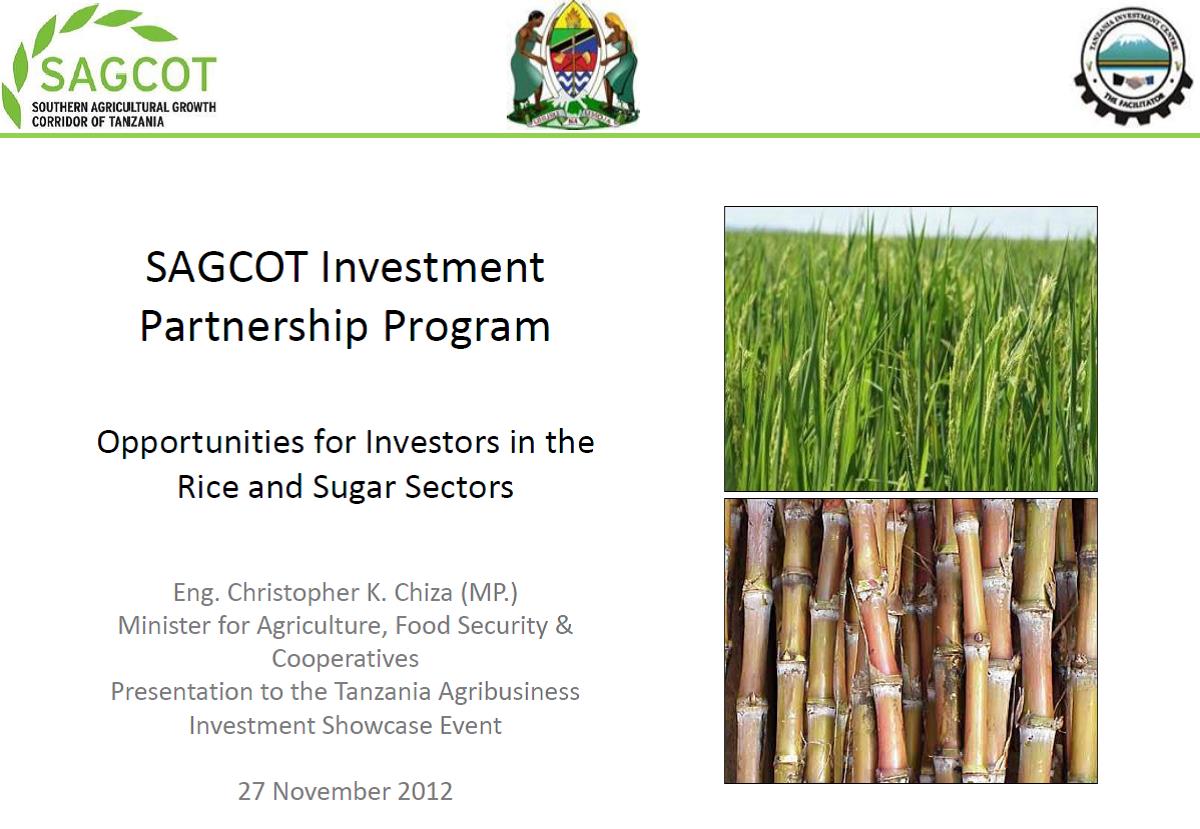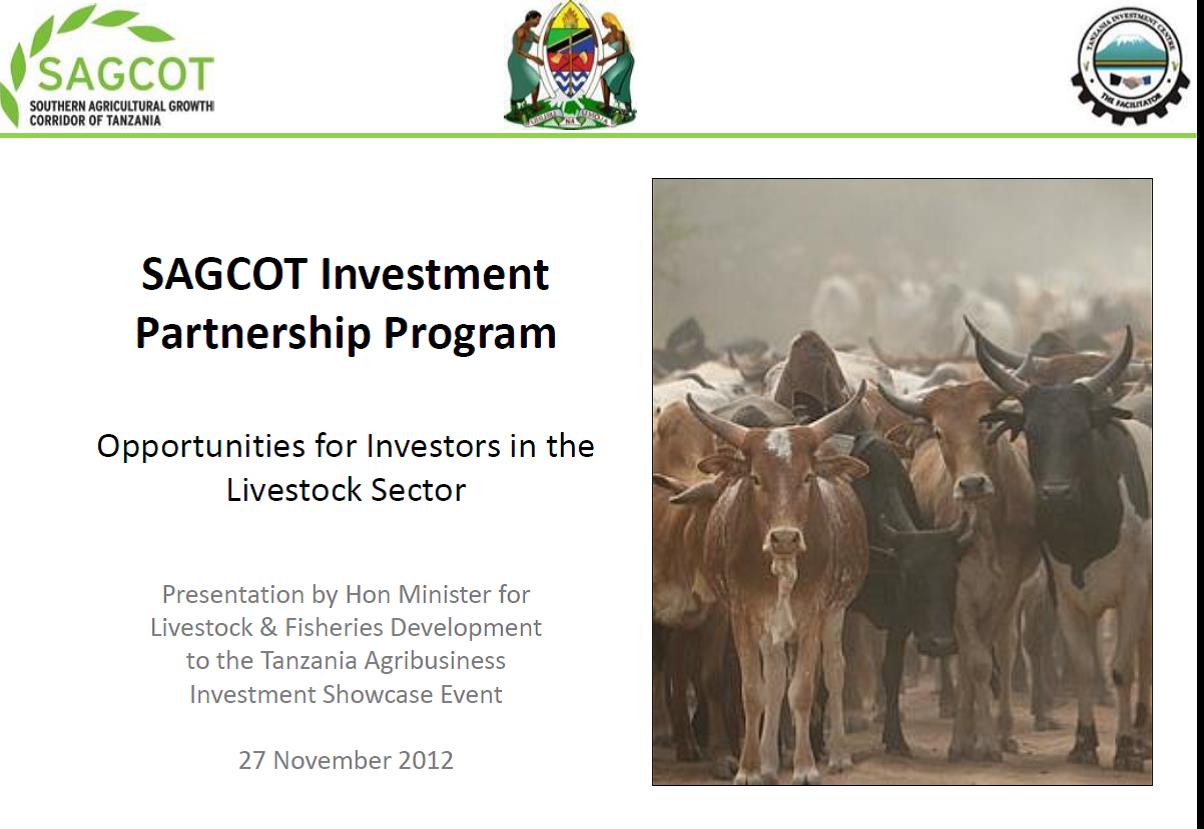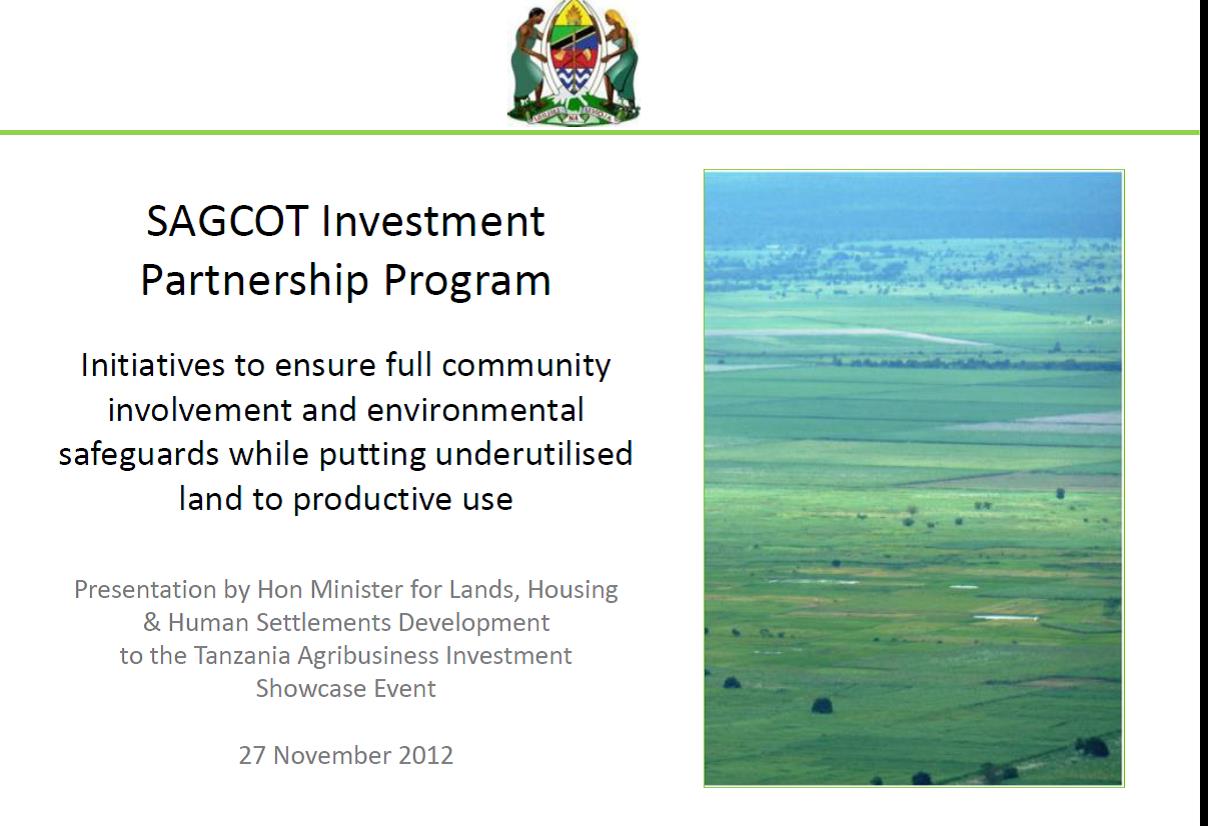Zero Net Land Degradation: A New Sustainable Development Goal for Rio+ 20
This report suggests that a new and explicit goal of sustainable development to be agreed as a result of Rio+20 should be the reduction of the rate of land degradation to achieve land degradation neutrality, which we refer to as “Zero Net Land Degradation” or ZNLD.


